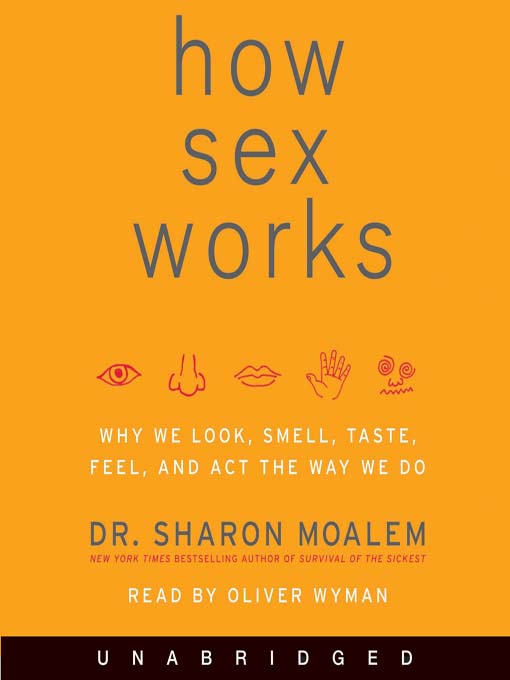"Read this book and discover sex again, but from a scientific perspective, and see why it evolved. It's almost as much fun, and needs less energy."
— Peter Macinnis, author of 100 Discoveries: The Greatest Breakthroughs in History
""How Sex Works manages to inject science writing with the prurient thrill of a gossip rag.""
—O magazine
Medical maverick and New York Times bestselling author of Survival of the Sickest Dr. Sharon Moalem presents an insightful and engaging voyage through the surprising history and evolution of sexual reproduction. Fans of Freakonomics, Blink, You: The Owner's Manual, and Why Do Men Have Nipples will find many engaging insights in How Sex Works.



